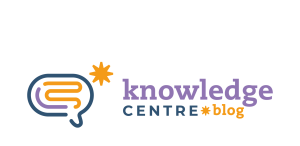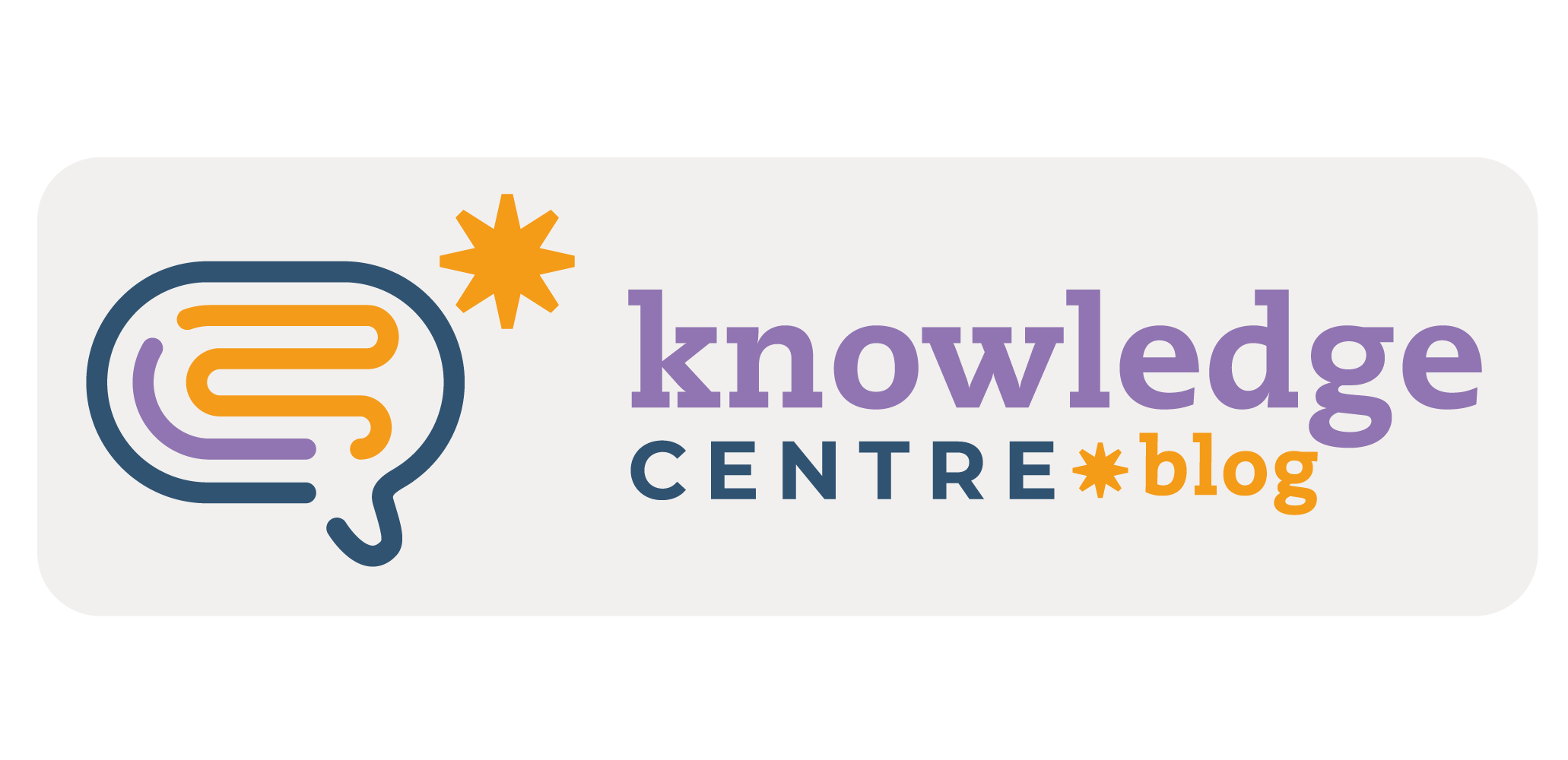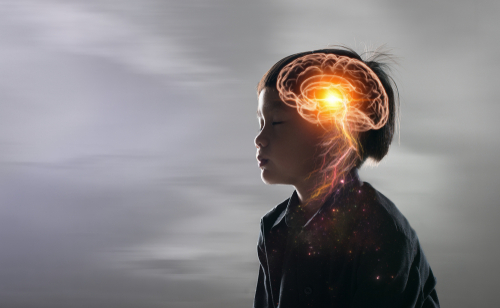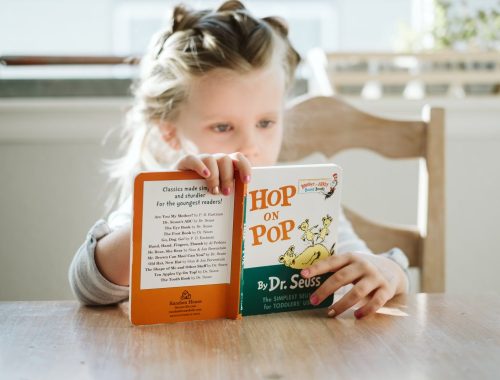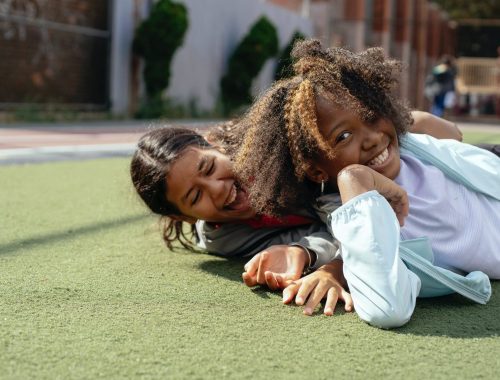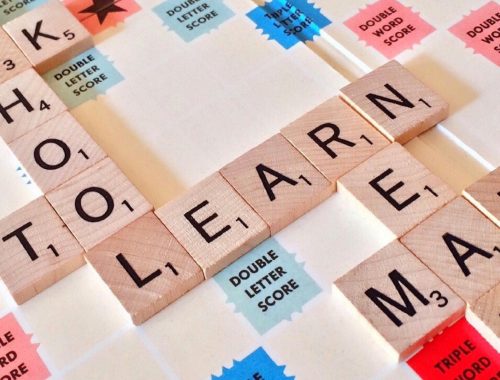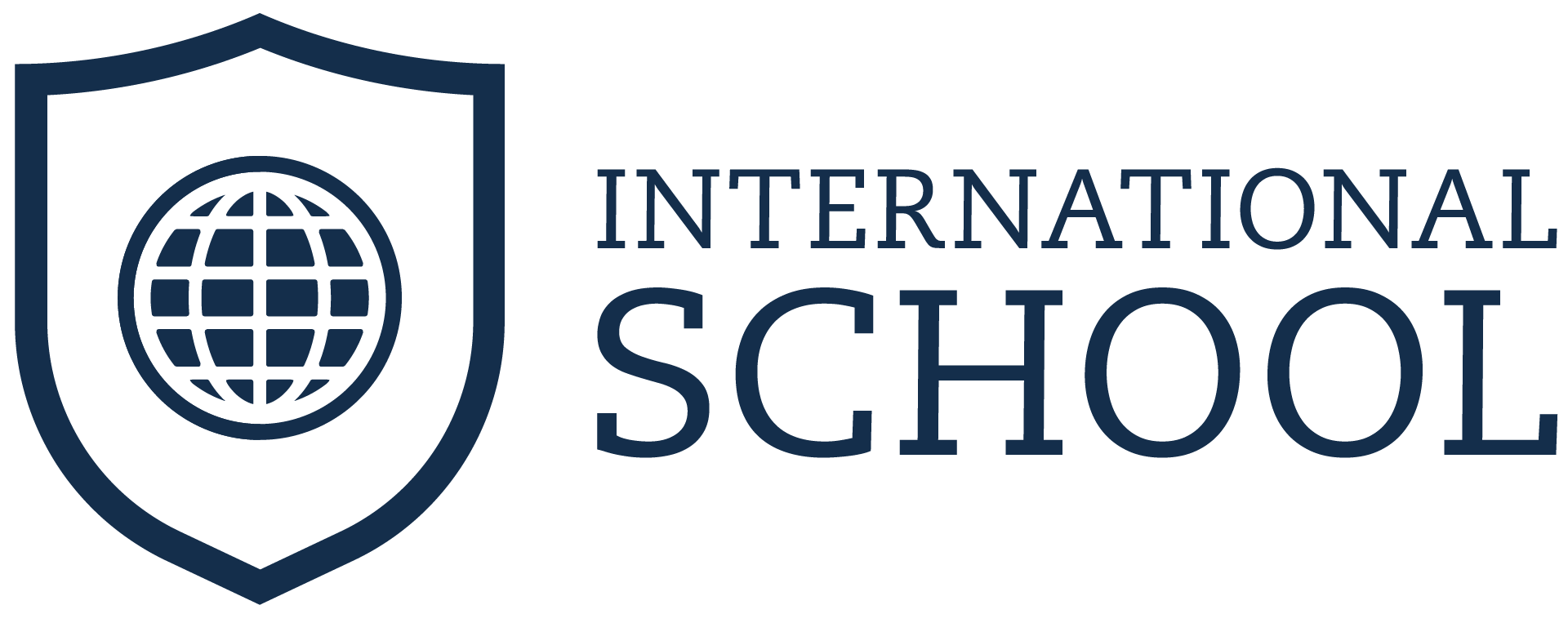Wondering which methodology is the best for teaching? Trying to reach students through different ways of teaching has become one of cognitive studies’ trends (especially in the 20th century). However, a new wave of knowledge has been developed from the second half of that time to our present days. How do our students learn? What are the processes involved in our brains that allow us to acquire any type of knowledge? The importance of not ignoring how the human brain develops learning, despite being of utmost urgency, has been neglected, but many studies nowadays are starting to show that metacognition is here and is as important as developing new ways of teaching. For those reasons, this article aims to clarify (at least in a superficial way) how the brain learns and tips for your classes based on it.
Talking about language learning, our brain is specialized in identifying sounds of our mother tongue since our life in the womb. Once we are born, we can in a matter of months, be able to differentiate between our mother tongue and other languages (Marcelino, 2017). In other words, we are biologically prepared to speak a language.
One of the findings when it comes to learning development is that our brains are crazy for patterns (Dehaene, 2022). We see patterns in almost everything we look at, from clouds to numbers, cars to letters and so on. According to Dehaene, there are 7 main ways of learning. Those are:
Learning is adjusting parameters of a mental model: It means that our brains must adjust themselves to our surrounding reality. Dehaene gives an example, one hunter adjusts the aim of his gun according to a test shoot. He shoots aiming at a tree, but the bullet goes to the tree’s left side, so the hunter’s brain needs to recalibrate the fire gun’s direction to the right until it hits the target. Now, think about your classes. Once your students need to learn something new, for example, understanding how to multiply fractions, they need the appropriate input, exposure, and mathematical features to develop the right thoughts. Maybe and most probably they will make mistakes and as much as they practice, they will adjust the language parameters. Tip: have them practice a new content in a meaningful way and allow mistakes, always correcting them.
Learning is exploring a combinatorial explosion: in a simple way, we don’t need to learn everything repeatedly. Once your students are aware of what mammals’ characteristics are, they will be able to identify what are NOT mammals as well. It happens because the brain knows that this type of animals are characterized by certain types of physical aspects. In other words, the brain has the capacity to organize thousands, millions of combinations. Tips: give your students general rules whenever possible, e.g., once you identify a physical feature of an animal, you will be able to put it into a specific category.
Learning is reducing errors: again, it consists of adjusting parameters and Daehene uses the hunter’s example again. Once he shoots and realizes his aim is about 5 centimeters to the left out of the target, he needs to recalculate the place he is pointing his fire gun to. Tip: let your students miss the shoot. Let them try and miss, once you give them the right coordinates, they will have to recalibrate their aim to the right spot.
Learning is exploring a myriad of possibilities: what do kids do when they play? THEY LEARN! They also need options (and sometimes no options at all) to decide what to do. That’s how kids explore possibilities and test them: when your toddler drops the spoon for the tenth time, as the author says, he is just testing how the spoon moves into space and if it will really fall on the floor after the ninth attempt. Tip: Lego classes are the perfect moment to give students the task and let their creativity freely flies once you gave them the right rubrics for the activity’s purposes.
Learning is optimizing the reward’s function: our brain can forecast punishment and reward based on experience and learning strategies. It may preview furniture in the middle of the dark bedroom at night, and it can also understand how we would feel whether we act one way or another, and if the result being pleasant or not. Tip: for better group management, create rules with rewards and consequences with them. Do not let nor the consequences or the rewards from happening. It will change their way of seeing the classes and their attitudes as well.
Learning is restricting the search space: our brains are powerful learning machines. However, if we have a huge number of possibilities to acquire knowledge, it may become confusing and frustrating. Sometimes it needs directions so it can learn faster and better. Tip: SCAFFOLD! It facilitates where your students need to reach. Give models, examples, solve a listening exercise, so they will know what to do and it will become easier for them.
Learning is hypothesizing: finally, our brain is the master of a hypothetic world! We love to test hypotheses all the time. Curiosity moves our minds to discover the final truth. The brain learns much faster if it is a false hypothesis, it increases our perception, and we hardly repeat old mistakes. Tip: play with your students giving them opportunity to think of a given topic, e.g., tell them “What if I told you whales aren’t fishes?! Does anybody know why? What does it mean?” Or even “what would happen if we put this object in the water? Would it float or sink?”
Understanding how our brain learns may help us at moments of struggle, once we teach a content or language (or both) using strategies that make it an easier process. Use any of the tips given and come back here to share your findings with us.
References:
CHOMSKY, N. Lectures on Government and Biding. Dodrecht: Foris, 1981;
CHOMSKY, N. Knowledge of Language: its Nature, Origin, and Use. Praeger Publishers, 1986;
MARCELINO, M. Aquisição de segunda língua e bilinguismo. Revista Intercâmbio, v. XXXV: 38-67, São Paulo: LAEL/PUCSP. ISNN 2237-759X. 2017;
DEHAENE, Stanislas. É assim que aprendemos: porque o cérebro funciona melhor do que qualquer máquina (ainda…) / Stanislas Dehaene; tradução de Rodolfo Ilari. – São Paulo: Contexto, 2022. 368 p.: il.
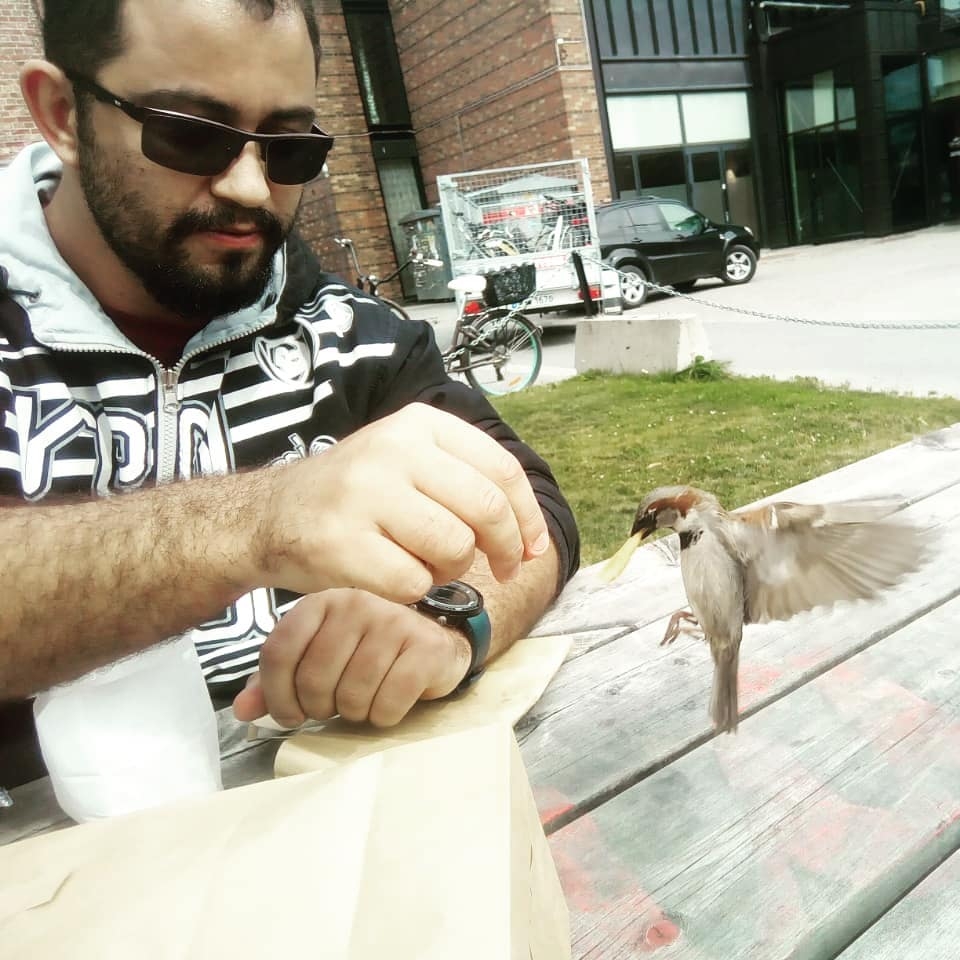
By Rodnei dos Santos
Graduated in Letras-Português at Universidade de São Paulo, bilingual education specialist at Instituto Singularidades and master in second language acquisition at Universidade Federal de São Paulo, I love to study languages and theories based on evidences. I am a video game player and Lord of the Rings fan.
